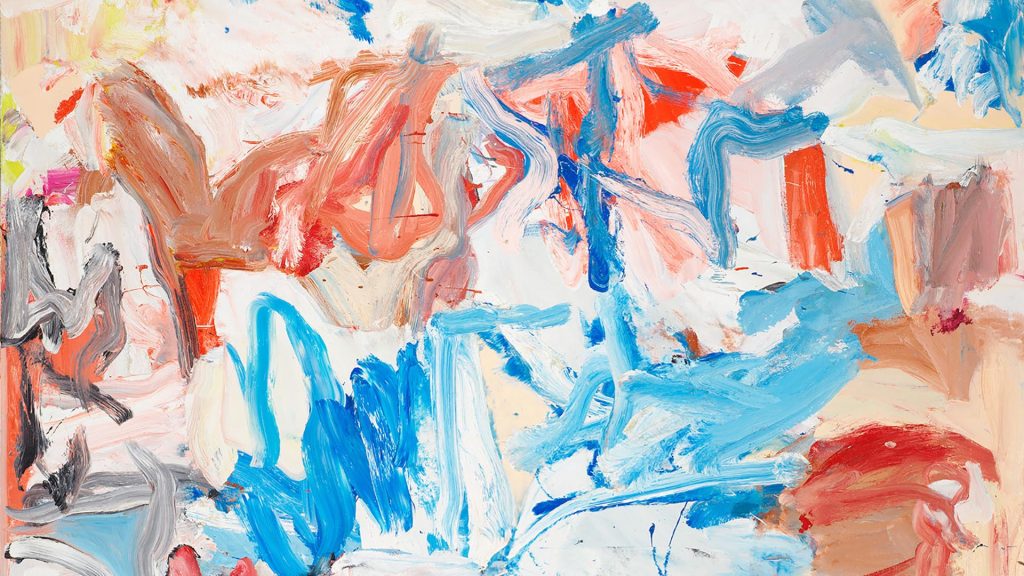
At the Gallerie dell’Accademia, the exhibition “Willem de Kooning and Italy” highlights the impact that his stays in Italy had on the art of one of the most influential artists of the 20th century.
Before Willem de Kooning’s paintings, we cannot help but feel overwhelmed by the power of his gestural colours, his emotion, his rigour, his abstraction and figuration barely contained within the picture. Widely acclaimed protagonist of twentieth-century American art and a genius of abstract expressionism, de Kooning, who was born in the Netherlands and moved to New York in 1926, brought to America an attitude for art that grew on the roots of European Renaissance. The exhibition is a selection of 75 pieces that allow us to visualize the two sojourns the artist took in Italy, which deeply affected the evolution of his language. He visited Venice, where he loved the atmosphere of the lagoon and the reflections of the sun in the canals, and Rome, with the greenery of Villa Borghese leaving an indelible impression in his mind. At the Afro workshop in Rome, de Kooning created the series of paintings and collages that open today’s exhibition and show his use of black enamel and pumice dust to render depth. Further on, we shall see the explosion of turquoise in A Tree in Naples, delicate pastels in Door to the River, and diluted formal traces in abstract expressionist masterpieces such as Villa Borghese.
Opposite the triumph of colour are a series of bronze maquettes inspired by de Kooning’s encounter with Herzl Emanuel, a former fellow of his at the New York Federal Art Project in the 1930s who later ran a bronze foundry in Rome. De Kooning was surrounded by opulent Roman baroque sculpture and attracted by the third dimension, and especially, by the possibility of experimenting with clay in a sort of tactile transposition of emotion in lieu of the brushstroke. See Renaissance-era Pieta by Titian on the upper level of the museum and how the colours flake apart into pure matter: in de Kooning’s sculptures, corporality seems to blend with surrounding space. The artist sculpted thirteen pieces, which Emanuel later fused in bronze.